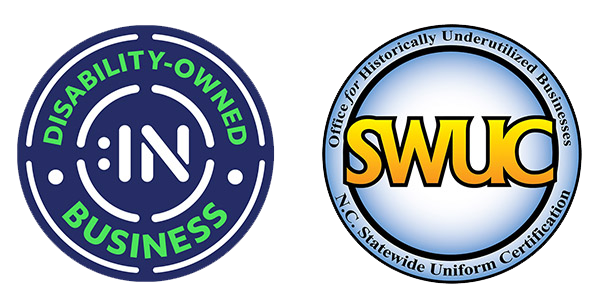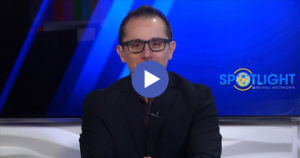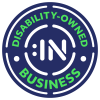6 Best Practices for Communicating with Deaf and Hard of Hearing
July 10, 2023 2024-01-13 12:026 Best Practices for Communicating with Deaf and Hard of Hearing

6 Best Practices for Communicating with Deaf and Hard of Hearing
Effective communication is a vital aspect of our daily lives, enabling us to connect, understand, and collaborate with others. When communicating with deaf individuals or hard of hearing, employing certain strategies will ensure smooth and meaningful conversations.
By adopting these six tips, you can enhance your communication skills and create a more inclusive environment for everyone.
Be Patient and Understanding:
Patience and understanding are key when communicating with individuals who are deaf or hard of hearing. Remember that they may require more time to process information or might ask for repetition or clarification. Avoid rushing them or displaying frustration, which can hinder effective communication. Instead, maintain a calm and supportive demeanor, allowing the conversation to progress naturally.
Reduce Background Noise:
Background noise can be a significant obstacle for individuals with hearing impairments. Background noise distracts them from focusing on the speaker’s words and can make communication difficult. To overcome this challenge, try to minimize background noise whenever possible. Move to quieter areas, turn off unnecessary audio devices, or close doors to reduce external disturbances. By creating a quieter environment, you facilitate clearer and more effective communication.
Maintain Eye Contact:
Maintaining eye contact is crucial when communicating with individuals who are deaf or hard of hearing. Eye contact allows them to utilize lip-reading and facial expressions to better understand the conversation. By looking directly at the person and positioning yourself at eye level, you create an open and engaging environment that promotes effective communication.
Speak Clearly and Naturally:
Speaking clearly and naturally is essential for effective communication with individuals who are deaf or hard of hearing. Avoid raising your voice or shouting which can distort your facial expressions and make lip-reading more challenging. Instead, speak at a moderate pace, enunciate your words, and use natural gestures to aid comprehension. Avoid speaking too quickly or overcompensating by speaking too slowly, which may hinder understanding. Keep in mind that facial coverings can hinder the lip-reading process. In medical settings, using a clear face mask like The Communicator™ Mask can ensure mouth and lip movements are visible.
Rephrase Instead of Repeating:
When someone with a hearing impairment asks for repetition, they are asking you to rephrase your statement or question rather than repeat the same words. Rephrasing allows the individual to grasp the message from a different perspective, providing them with additional context or cues that aid comprehension. Be willing to adapt your communication style and try alternative explanations until you find the most effective way to convey your message.
Educate Yourself:
To foster better communication with individuals who are deaf or hard of hearing, educating yourself about their unique experiences and needs is essential. Familiarize yourself with common communication methods used in the deaf and hard-of-hearing community, such as sign language or assistive technologies like hearing aids or cochlear implants. By understanding the challenges, they face and the resources available, you can adapt your communication approach and create a more inclusive environment.
One Additional Tip to Consider
Additionally, consider learning basic sign language to facilitate direct communication with individuals who are deaf. A few simple signs can go a long way in bridging the communication gap and showing your commitment to inclusivity. Sign language provides a visual means of expression, allowing for direct communication without relying solely on spoken words. By acquiring even a few basic signs, you can bridge the communication gap and establish a more meaningful connection. Sign language enables you to convey essential information, engage in simple conversations, and express emotions, leading to a deeper understanding and inclusivity. Moreover, by making the effort to learn sign language, you demonstrate respect, empathy, and a genuine commitment to fostering equal communication opportunities for all.
In conclusion, effective communication with individuals who are deaf or hard of hearing requires patience, understanding, and adaptability. By following these six tips—being patient and understanding, reducing background noise, maintaining eye contact, speaking clearly and naturally, rephrasing instead of repeating, and educating yourself—you can foster more meaningful connections and create a more inclusive environment for all. Let us strive to break down communication barriers and embrace diversity, ensuring that everyone has an equal voice in our society.
Purchase Online
Featured Deaf Leader
Recent Articles













